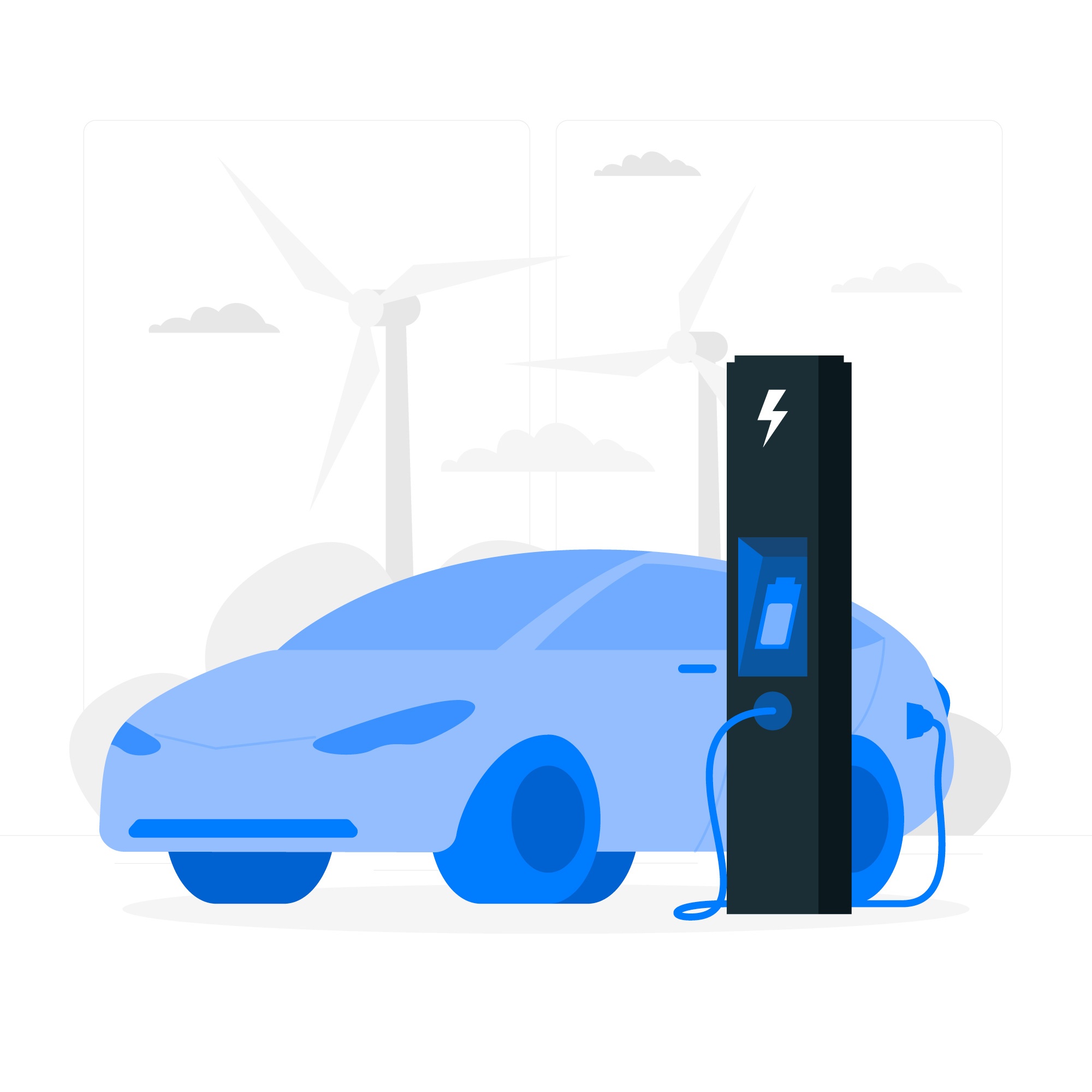How Does a Hybrid Car Work?

How Does a Hybrid Car Work? Hybrid cars are vehicles that utilize two or more energy sources for propulsion. Typically, these include an electric motor and an internal combustion engine powered by gasoline or diesel fuel. Hybrid cars can reduce fuel consumption and environmental pollution compared to vehicles that rely on a single energy source.
How Does a Hybrid Car Work?
The core concept of a hybrid car is its ability to capture energy that is typically lost during braking. When a hybrid car brakes, the electric motor functions as a generator, converting kinetic energy—normally dissipated as heat—into electrical energy, which is then stored in the battery. This stored energy can later be used by the electric motor to power the vehicle. As a result, hybrid cars can lower fuel consumption because the electric motor provides additional power, reducing the workload on the internal combustion engine.
There are two main types of hybrid cars: series and parallel.
In a series hybrid car, the internal combustion engine does not directly drive the wheels. Instead, it powers an electric generator, which produces electrical energy for the electric motor. The electric motor then drives the car’s wheels. In this setup, the fuel source is used solely to power the generator that charges the batteries, while the electric motor provides the propulsion.
In a parallel hybrid car, both the electric motor and the internal combustion engine can drive the wheels. Depending on driving conditions, the two engines work either together or independently. For example, at low speeds, the electric motor can operate on its own, saving fuel and reducing environmental pollution. At higher speeds, both engines typically work in tandem.
Hybrid cars may also feature a system known as “charge mode.” In this mode, the internal combustion engine acts as a generator to charge the batteries while the car is powered by the electric motor. This system helps store energy recovered during braking and provides additional power for electric propulsion.
Overall, hybrid cars have a more efficient drivetrain that reduces fuel consumption and environmental pollution compared to traditional vehicles with a single energy source. They can also be more cost-effective for owners, offering fuel savings, durability, and reliability.
Autonomy as a Key Advantage
One of the benefits of hybrid cars is their high level of autonomy. The batteries in hybrid vehicles can power the car for a certain distance using only electric propulsion, without consuming fuel. This capability allows hybrid cars to reduce environmental pollution and fuel costs during short-distance travel.
However, like any technology, hybrid cars have some drawbacks. For instance, their initial cost can be higher than that of traditional cars due to the more complex drivetrain and additional components. Additionally, replacing the batteries in a hybrid car can be an expensive and complicated process.
In conclusion How Does a Hybrid Car Work. Hybrid cars are more environmentally and economically efficient than traditional vehicles. They offer fuel savings, reduced pollution, and a high degree of autonomy. However, they may come with a higher upfront cost and less convenience in maintenance. Over time, with technological advancements and growing market popularity, hybrid cars are becoming increasingly accessible and appealing to car owners.









